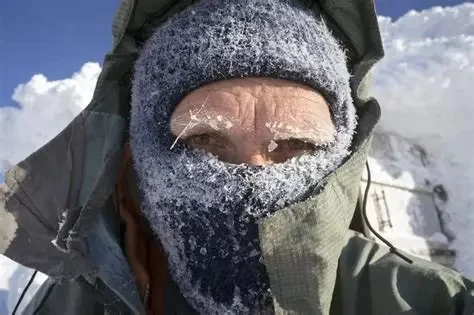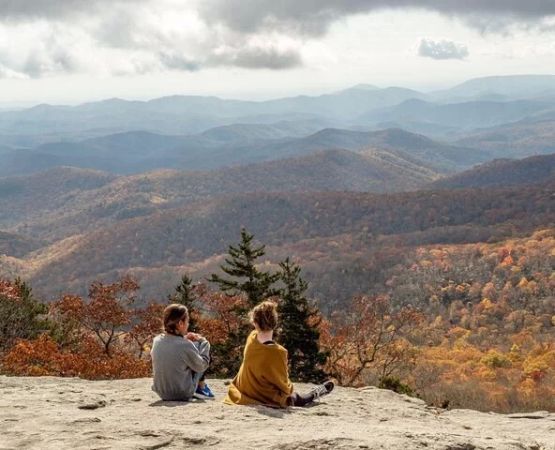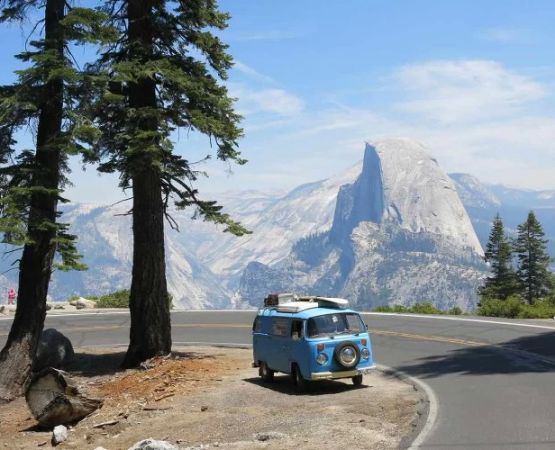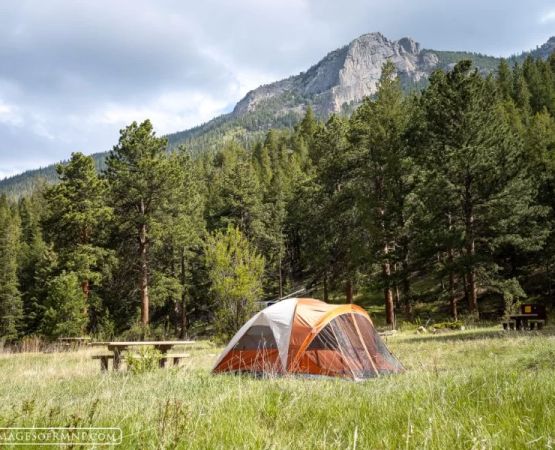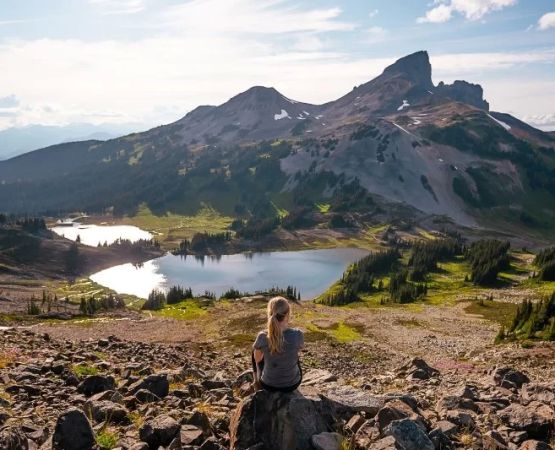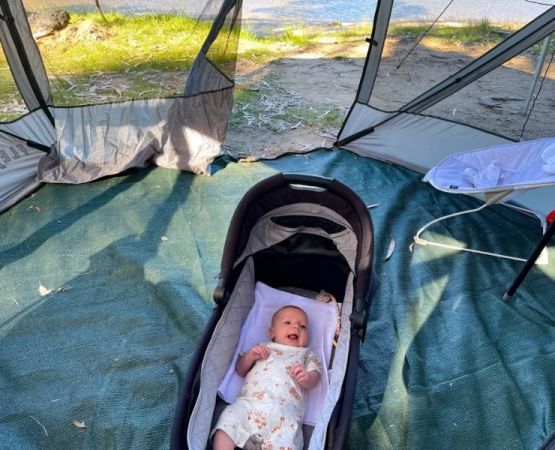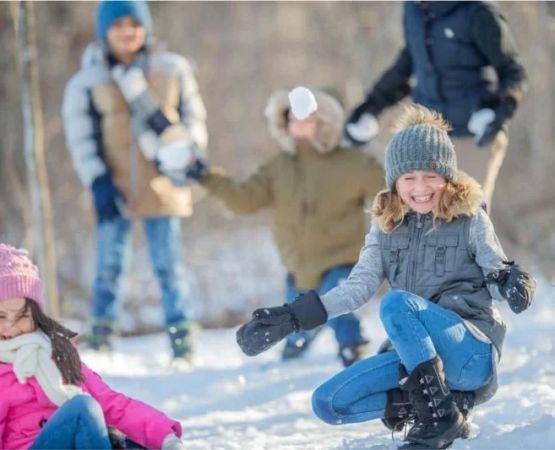- 1 - Understanding Hypothermia and Its Risks
- 2 - Prevention Strategies for Cold Weather
- 3 - Recognizing Early Symptoms of Hypothermia
- 4 - Effective Treatment Methods for Hypothermia
- 5 - Real-Life Cases of Hypothermia Survival
- 6 - Planning Ahead for Safer Outdoor Adventures
1. Understanding Hypothermia and Its Risks
Hypothermia occurs when the body loses heat faster than it can produce it, causing the core temperature to drop to dangerously low levels. This condition is more common than many realize, especially during outdoor activities such as camping, hiking, or fishing. Without proper precautions, even moderately cool temperatures combined with wind or rain can put individuals at risk. Understanding how hypothermia develops is the first step in knowing how to prevent it.
2. Prevention Strategies for Cold Weather
One of the most effective tips for preventing hypothermia is dressing appropriately in layered clothing that traps heat while allowing moisture to escape. Avoiding cotton, which retains moisture, and instead opting for wool or synthetic fibers can make a significant difference. Staying hydrated and nourished also helps the body regulate temperature. For families visiting winter destinations like Pine Cliff Resort, packing insulated sleeping bags, waterproof jackets, and thermal socks is essential for safe and enjoyable trips.
3. Recognizing Early Symptoms of Hypothermia
Knowing the warning signs is vital for preventing progression. Early symptoms include uncontrollable shivering, fatigue, confusion, and slurred speech. As hypothermia advances, shivering may stop, which is a dangerous indicator of worsening conditions. Recognizing these signals in yourself or others allows for quick intervention. Many hikers who shared their stories online emphasized how subtle the signs can be, often mistaken for simple exhaustion.
4. Effective Treatment Methods for Hypothermia
Immediate action can save lives. If hypothermia is suspected, the affected individual should be moved to a warm, dry location and insulated with blankets or sleeping bags. Warm beverages can help if the person is conscious, but alcohol should always be avoided as it accelerates heat loss. In severe cases, medical attention is necessary as core rewarming techniques may be required. Outdoor survival experts often recommend carrying emergency thermal blankets and hand warmers as part of any cold-weather kit.
5. Real-Life Cases of Hypothermia Survival
In 2021, a group of campers in Colorado was caught in an unexpected snowstorm. One camper began showing signs of hypothermia, but thanks to quick recognition and the group’s preparedness with proper gear, they managed to stabilize his condition until help arrived. Stories like these highlight the importance of combining prevention with readiness for treatment. They serve as reminders that hypothermia can strike unexpectedly, even among seasoned adventurers.
6. Planning Ahead for Safer Outdoor Adventures
The most important tip for preventing and treating hypothermia is preparation. Always check weather forecasts before heading out and pack appropriate gear. Traveling with companions, informing others of your route, and carrying a well-stocked emergency kit are all strategies that reduce risks. Resorts and adventure destinations, including Pine Cliff Resort, often provide safety recommendations tailored to their environment, helping guests enjoy their time outdoors with confidence. By planning carefully, adventurers can ensure that cold weather becomes a part of the experience—not a danger.

